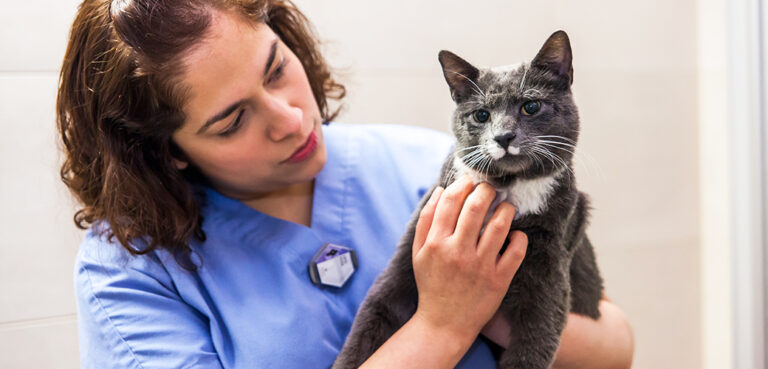Bringing kittens into your home is an exciting adventure, especially when there are little ones around. As parents and guardians, it’s essential to foster a safe environment where both pets and kids can thrive without unintentionally causing harm.
In this article, we’ll explore common health concerns for kittens in the presence of children and discuss practical solutions to create a secure environment for both kids and pets.
Also, cat insurance offers essential medical protection in case any health concerns arise during lively interactions with other pets and children. Think about getting cheap pet insurance at least, to ensure your kittens are covered.
The best way to ensure a harmonious relationship between kittens and children is to arm yourself with as much knowledge as possible. This article provides information about common health concerns to watch out for when kittens interact with children.
Kittens and Kids: Understanding the Health Concerns
To ensure the well-being of both kittens and kids, it’s important to monitor them. Most of the time, kittens are resilient, but it’s important to manage interactions with children carefully. These are some of the potential health concerns to look out for:
1. Stress and anxiety
Constant loud noises, sudden movements, and rough play can stress kittens. Stress may lead to health issues such as gastrointestinal problems or a weakened immune system.
To provide a peaceful haven for kittens, designate a quiet space where they can retreat to when things get too rowdy. This area should include their food, water, toys, and a comfortable bed. Educate children about the importance of respecting this safe space, allowing the kittens to recharge and relax when needed.
2. Scratches and bites
Kittens are naturally playful, but their sharp claws and teeth can unintentionally cause harm. Children in their excitement, may unknowingly provoke the kittens, leading to scratches or bites.
To ensure the safety of both children and kittens, teach them to interact gently with kittens, using soft strokes and avoiding rough play. Encourage them to give the kittens space when they signal discomfort by hissing or growling. By fostering a respectful and understanding relationship, you can minimise the risk of accidental injuries.
3. Accidental injuries
Playful kittens and energetic children can sometimes result in accidents. Kittens love to explore and may end up in places where they shouldn’t, putting themselves at risk of injury. It’s crucial to supervise playtime between kittens and children to prevent accidents like stepping on tails, falling off furniture, or getting caught in closing doors.
To minimise the risk of accidents, establish clear boundaries and create a safe play area for children and kittens. Teach children to be mindful of their surroundings when playing with kittens. By doing so, you’ll ensure a fun and worry-free environment for everyone involved.
4. Hygiene
Children might not remember the handwashing routine, so be sure to remind them to wash their hands before and after playing with the kittens. It’s a simple step that goes a long way in lowering the chances of passing on any germs.
5. Spread of parasites
When children play outside, they may bring in parasites, and they may pass these parasites on to the kittens. In addition to causing discomfort, fleas and ticks can transmit diseases. It’s important to regularly check kittens for parasites and to treat them if needed.
Taking precautions
While the energy and laughter are heartening, it’s wise to implement precautionary measures that ensure a safe and thriving environment for both children and kittens. Let’s delve into some of the practical steps to help safeguard the health and happiness of kittens:
Supervision and education
Constant supervision is crucial to intervene in play that might harm the kittens. Educate children on gentle handling, appropriate play, and the importance of the kittens’ well-being.
Vet checkups
Schedule timely vet check-ups for the kittens to monitor their health, address any concerns, and ensure vaccinations are up-to-date.
You can create a safe and healthy environment for both parties by actively managing the interaction between children and kittens. Encourage gentle play, teach responsible behaviour, and prioritise the kittens’ well-being to foster a positive and harmonious relationship.
Address issues between children and kittens by teaching gentle play and respecting the kittens’ boundaries. Supervise interactions closely, intervening if play becomes too rough.
Educate children on the importance of empathy and understanding the kittens’ needs. Encourage positive reinforcement, rewarding gentle behaviour with praise and treats.
Provide safe spaces for the kittens to retreat when needed. Consistent guidance and communication help foster a harmonious relationship, ensuring the happiness of both children and kittens.
Be prepared for health risks with tailored cat insurance and think about getting cheap pet insurance at least, to ensure basic medical coverage at all times.


Comments are closed.